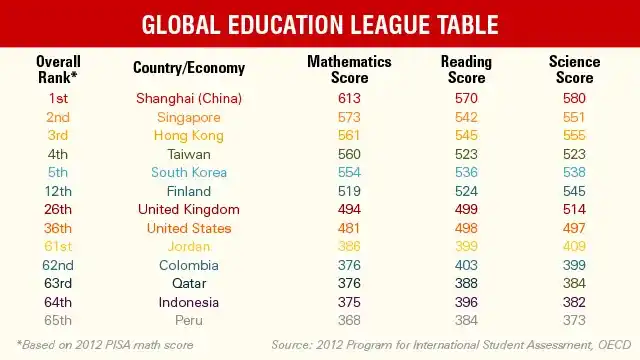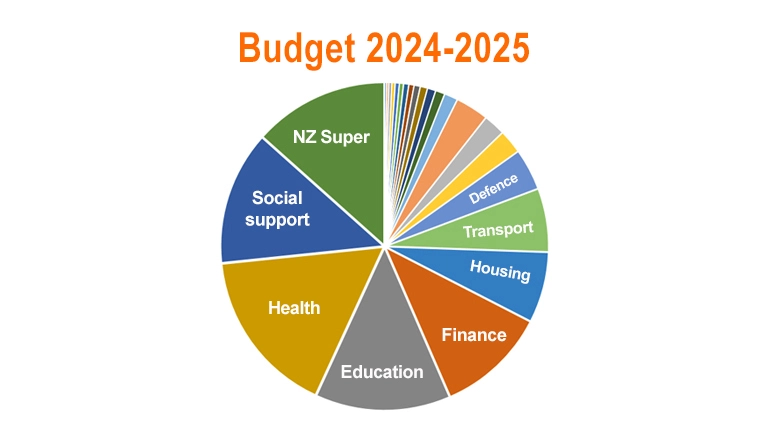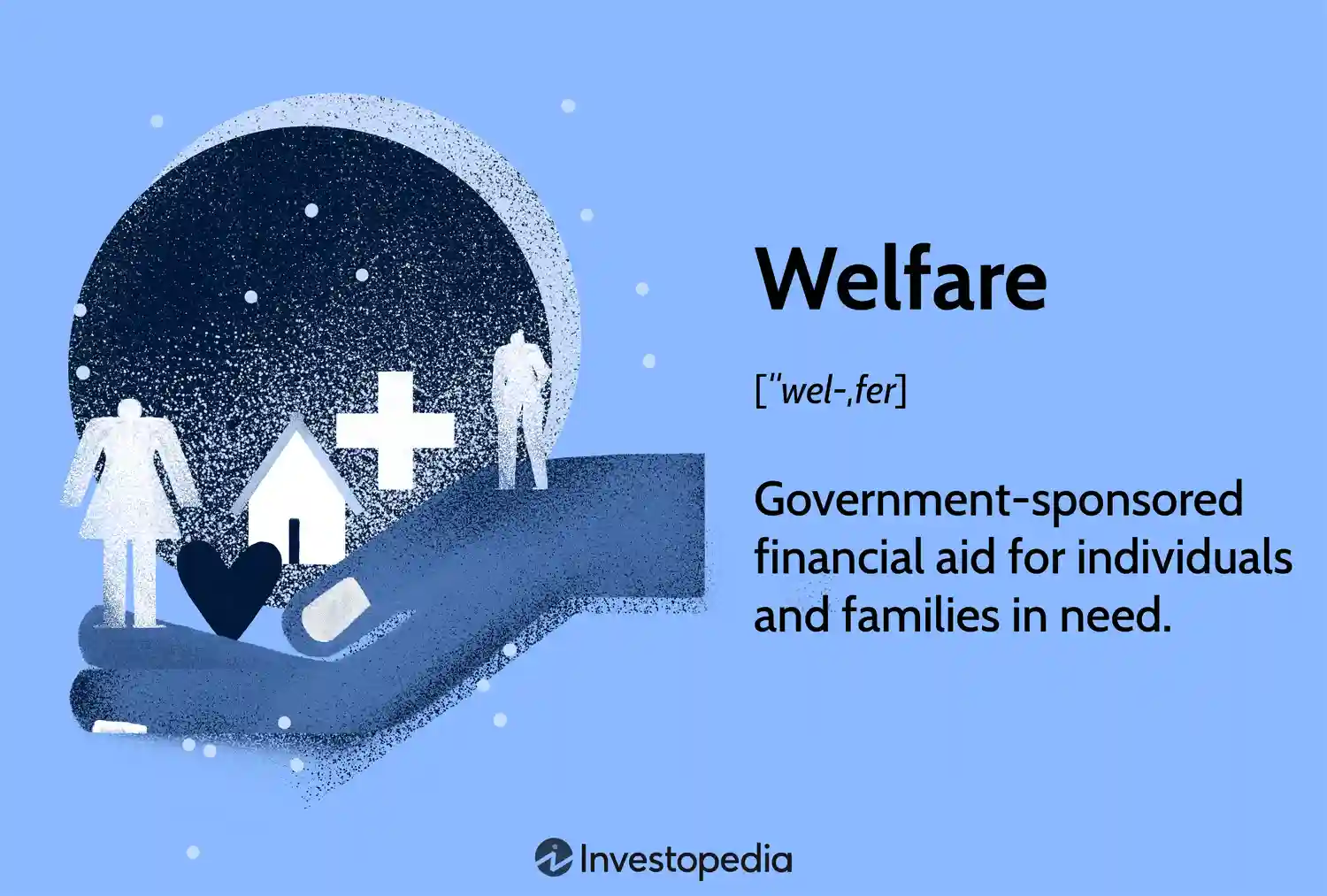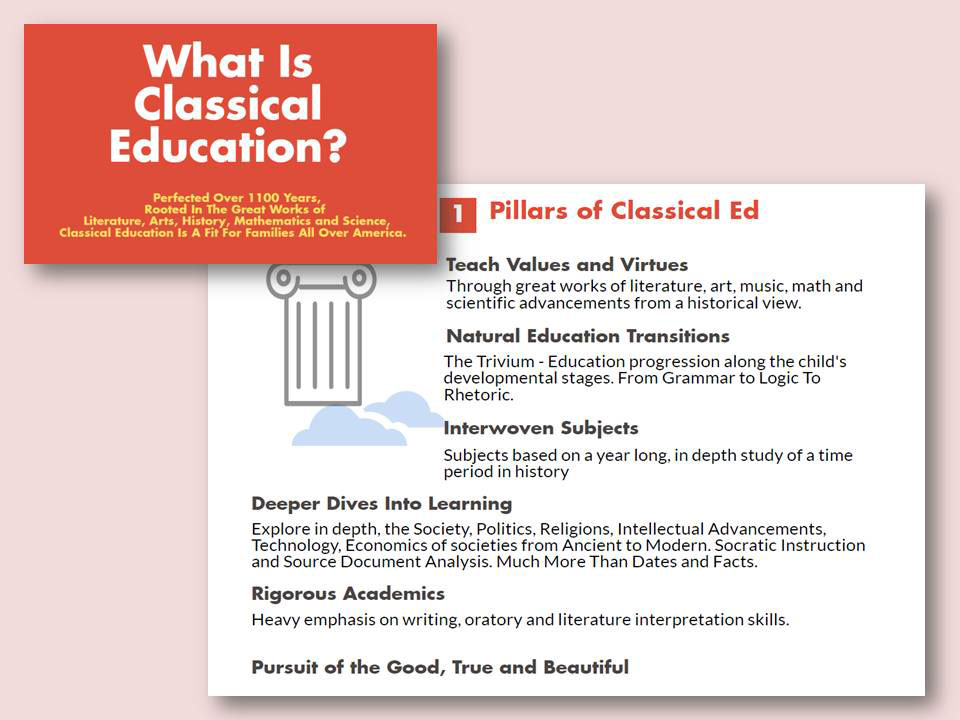Where Does the US Rank in Education?
Mia Wilson

Photo: Where Does the US Rank in Education?
Education is a cornerstone of national development, shaping the future workforce and fostering innovation. As nations strive to enhance their educational systems, global rankings have become a vital tool for assessing performance and identifying areas for improvement. This article examines where the United States ranks in education, exploring the metrics used, comparing it with other countries, and analyzing the factors that contribute to its standing.
Understanding Global Education Rankings
Global education rankings evaluate countries based on various indicators, including literacy rates, graduation rates, standardized test scores, and the quality of higher education institutions. Prominent organizations like the Organisation for Economic Co-operation and Development (OECD), Times Higher Education (THE), and the United Nations Educational, Scientific and Cultural Organization (UNESCO) publish annual reports that influence perceptions and policy decisions worldwide.
The Current Standing of the United States in Education
As of the latest available data in 2023, the United States maintains a strong presence in global education rankings but faces stiff competition from other developed and emerging nations. According to the OECD’s Programme for International Student Assessment (PISA), the US ranks around the 15th position in reading, mathematics, and science among 79 participating countries. Meanwhile, in higher education, THE ranks numerous US universities within the top 100 globally, highlighting the country's strength in tertiary education.
Factors Influencing the US Education Ranking
1. Higher Education Excellence
The United States is home to many of the world's leading universities, such as Harvard, MIT, and Stanford. These institutions attract top talent globally, contribute significantly to research and innovation, and maintain robust funding through alumni donations and government grants. This excellence in higher education boosts the US's overall education ranking.
2. K-12 Education Challenges
Despite the strengths in higher education, the US faces challenges in its K-12 education system. Variability in quality across states, disparities in funding, and unequal access to resources contribute to inconsistent student performance. These issues are reflected in international assessments where the US does not consistently outperform its peers.
3. Educational Funding and Resources
Adequate funding is crucial for maintaining high educational standards. The US invests heavily in education, but the distribution of funds can be uneven. States with higher funding often provide better facilities, more experienced teachers, and enhanced educational programs, leading to disparities in educational outcomes.
4. Teacher Quality and Training
The quality of teachers is a pivotal factor in student success. The US has made strides in improving teacher education and professional development, but challenges remain in attracting and retaining qualified educators, especially in underserved areas. Enhancing teacher training programs could positively impact the country's education rankings.
5. Innovation and Technology Integration
Incorporating technology into education fosters interactive learning and prepares students for a digital future. The US has been a leader in educational technology, promoting initiatives that integrate digital tools into classrooms. However, ensuring equitable access to technology for all students remains a priority.
Comparing the US with Other Nations
When juxtaposed with countries like Finland, South Korea, and Canada, the US exhibits both strengths and weaknesses. Finland, renowned for its equitable and student-centered approach, often ranks higher in international assessments. South Korea excels in mathematics and science through rigorous curricula and high societal emphasis on education. Canada's inclusive education policies and consistent funding models also contribute to its favorable rankings.
In contrast, while the US excels in higher education, its K-12 system's performance is more variable. Countries that emphasize early education quality and equitable resource distribution tend to outperform the US in primary and secondary education metrics.
Strengths of the US Education System
- World-Class Higher Education Institutions: The US boasts a concentration of top-tier universities that drive research and innovation.
- Diverse Educational Opportunities: A wide range of programs and institutions cater to varied student interests and career paths.
- Research and Development: Significant investment in research fosters advancements in technology, medicine, and other critical fields.
Challenges Facing the US Education System
- Educational Inequality: Socioeconomic disparities lead to unequal access to quality education, affecting overall national performance.
- Standardized Testing Pressure: An overemphasis on standardized tests can limit creative and critical thinking skills among students.
- Teacher Retention: High turnover rates among teachers, particularly in disadvantaged areas, hinder the consistency of educational quality.
Pathways to Improvement
To enhance its education ranking, the United States can consider the following strategies:
- Increase Funding Equity: Ensuring that all states and communities receive adequate funding can help bridge the gap in educational quality.
- Focus on Early Education: Investing in early childhood education can lay a strong foundation for lifelong learning and academic success.
- Enhance Teacher Support: Providing better training, competitive salaries, and professional development opportunities can attract and retain high-quality educators.
- Promote Inclusive Education Policies: Developing policies that address the needs of diverse student populations can improve overall educational outcomes.
- Integrate Innovative Teaching Methods: Embracing diverse teaching methodologies and incorporating technology can make learning more engaging and effective.
Conclusion
The United States holds a prominent position in global education rankings, particularly in higher education. However, challenges in the K-12 system and educational inequality present areas for improvement. By addressing these issues through equitable funding, enhanced teacher support, and a focus on early education, the US can strengthen its education system and climb higher in global rankings. As education continues to evolve, the commitment to fostering an inclusive, innovative, and high-quality educational environment will be crucial for the nation's future success.
Frequently Asked Questions (FAQs)
1. How does the US rank in higher education globally?
The US consistently ranks among the top countries in higher education, with numerous universities featured in global rankings such as Times Higher Education and QS World University Rankings.
2. What are the main challenges facing the US K-12 education system?
Key challenges include educational inequality, variability in funding, teacher retention, and the pressure of standardized testing.
3. How can the US improve its global education ranking?
Improvements can be made by ensuring equitable funding, investing in early childhood education, enhancing teacher training and support, and promoting inclusive education policies.
4. How does the US compare to Finland in education?
Finland often ranks higher in primary and secondary education due to its equitable funding, student-centered approaches, and high-quality teacher training, whereas the US excels in higher education.
5. Why is educational inequality a significant issue in the US?
Educational inequality leads to disparities in access to quality resources, experienced teachers, and advanced learning opportunities, which negatively impact overall national educational performance.
For You
View AllDive into the details of government spending and its impact on the economy. Click to explore budget allocation insights!
Mia Wilson
Discover how autonomous truck technology is transforming the freight industry. Learn about safety, efficiency, and innovation!
Mia Wilson
Learn about different motorcycle engine types and how they impact performance, efficiency, and riding experience. Explore now!
Mia Wilson
Discover the various types of welfare programs and how they support communities. Click for a detailed overview!
Mia Wilson
Discover the principles of classical education, its history, and how it fosters critical thinking. Learn the benefits today!
Mia Wilson
Dive into how DeFi is transforming traditional finance with blockchain technology.
Mia Wilson
Education
View All
May 10, 2025
How to Become a Diabetes Educator
Learn the steps to becoming a certified diabetes educator and making a meaningful difference in patients’ lives. Start today!

April 17, 2025
What Is Secondary Education? Explained!
Learn about secondary education, its structure, and its role in shaping academic and career paths. Get insights today!

May 8, 2025
How Does Technology Affect Education?
Discover how technology is transforming education, enhancing access, and reshaping classrooms. Explore its impact now!





